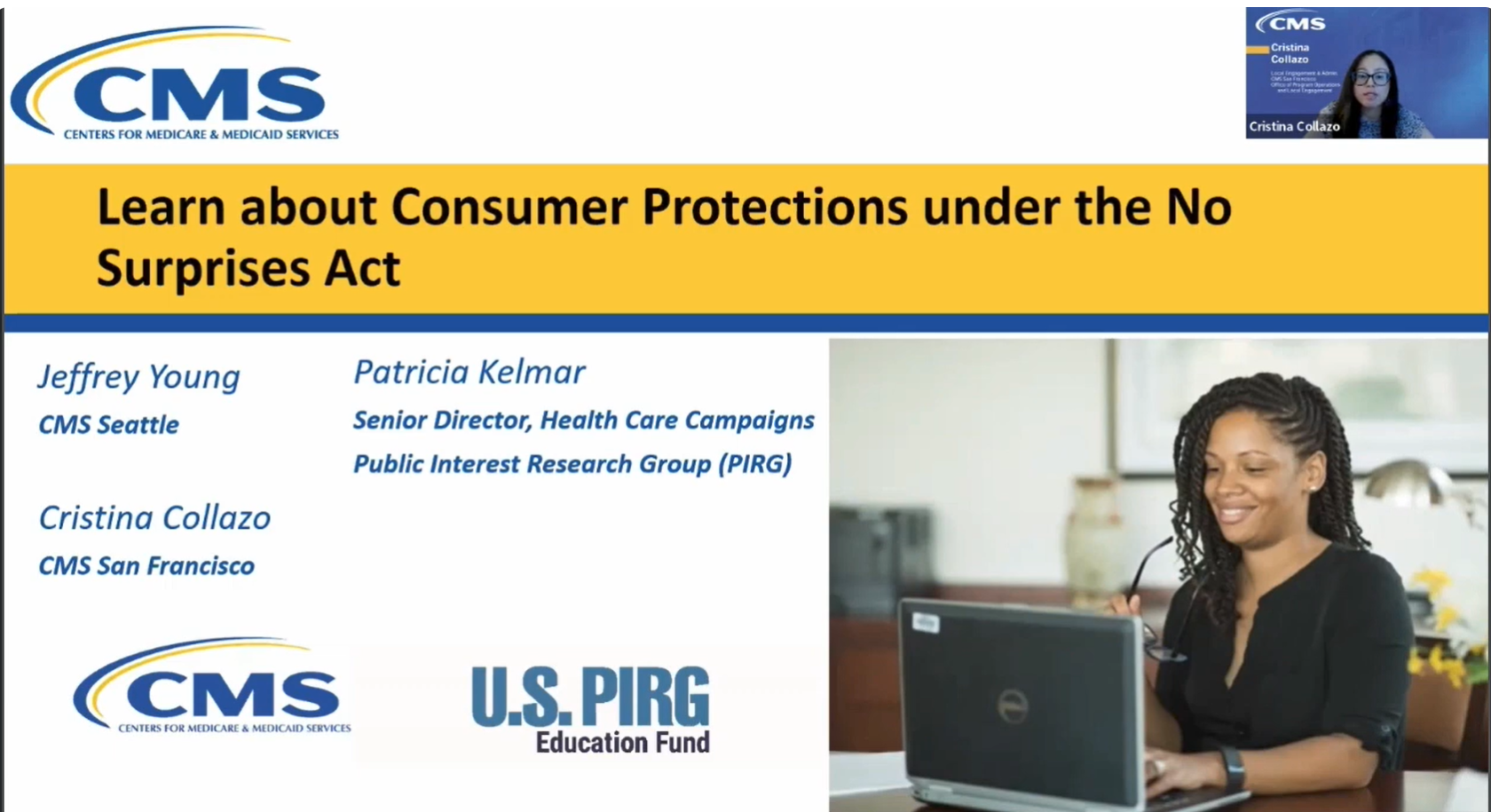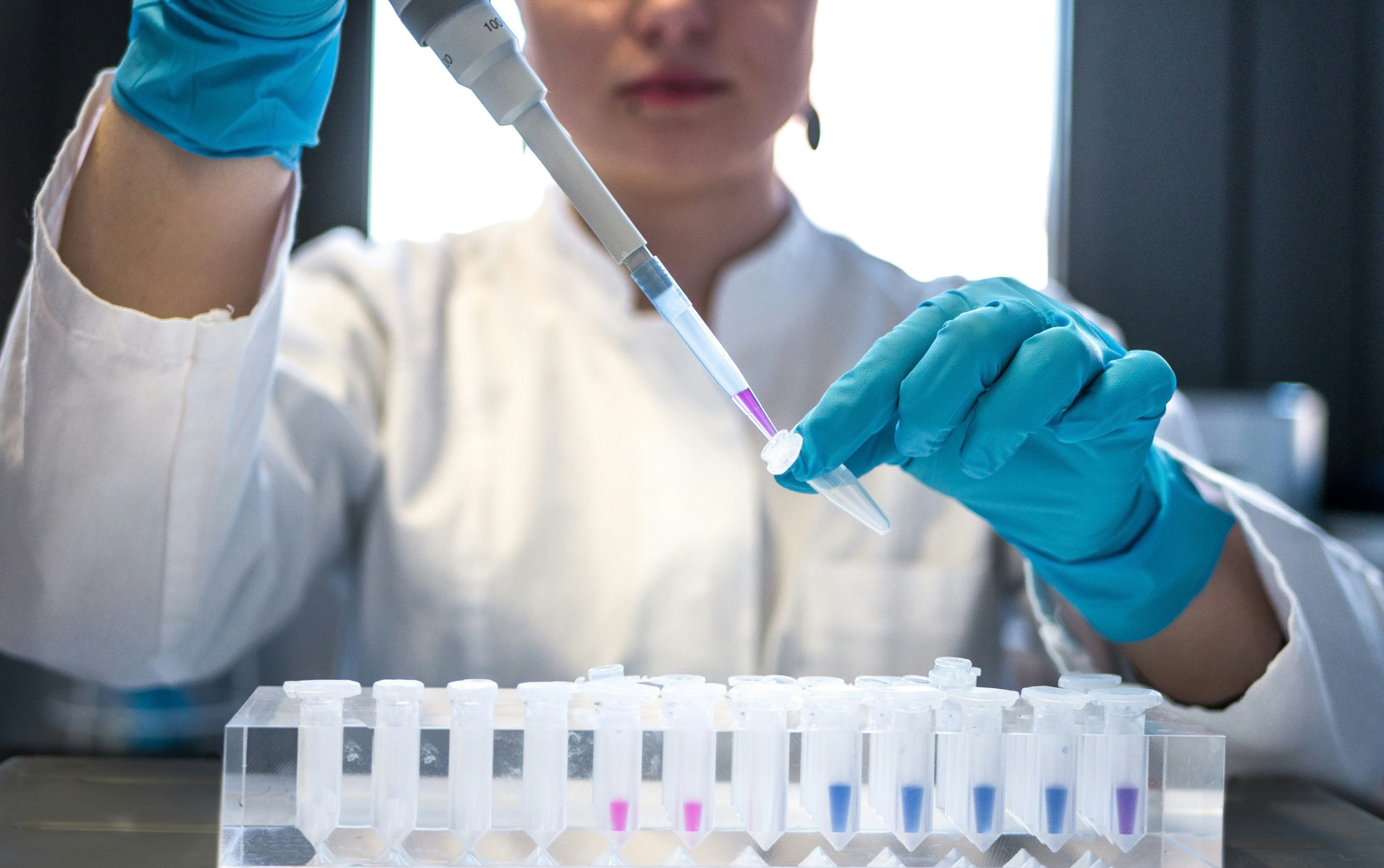
Why hasn’t the government protected our rights in the medicine we helped to fund?
When taxpayers fund innovation in medicine, the government should license patented products to introduce competition to bring down prices.
We’ve got a tool in our toolbox to bring down drug prices by increasing competition. But it has never been used. A 40-year-old law, the Bayh-Dole Act, allows the federal government to “march-in” and license patents to competitors if the product is based on patented inventions that came from research funded by public dollars. March-in is allowed if the product isn’t made available to the public on “reasonable grounds”.
But the march-in power has never been used, meaning the government has never required a patent holder to license its product to a competitor. And why not?
Because there has been a dust-up over what “reasonable grounds” means. And whether price can be considered.
Now the federal government has issued a proposed framework to help clarify that question. Under the new framework, agencies will have the guidance they need to know how and when to use march-in rights. And best of all, the framework clarifies that “price” of the product is a factor that can be considered when determining whether the government should allow another company to license the product and start driving competition.
Why do we need this new framework to establish that price is an important factor in determining whether a drug is offered on “reasonable grounds” ?
Here’s an example of how price could have changed the decision of an agency and could have allowed another drug company to enter the market with to compete by selling a patent-protected life-saving drug. In February 2022, PIRG joined others in urging the Department of Health and Human Services to act on the march-in petition submitted by four patients with prostate cancer to use march-in rights on patents for the prostate drug enzalutamide, marketed by Astellas and Pfizer under the brand name Xtandi. The drug was invented at UCLA on grants from the U.S. Army and the National Institutes of Health (NIH). Astellas holds an exclusive license to use those patents worldwide.
And here’s where the question of whether the patented product – the drug – was available to the public on “reasonable grounds.” Patients with prostate cancer in the U.S. are facing costs as high as $150,000 a year for treatment while patients in other countries are obtaining the medicine for under $60,000 a year. The petitioners called for consideration of the high price in the United States as evidence that the drug is not offered on reasonable terms. Patients petitioned the government to use its power under this law by either demanding more reasonable pricing from Astellas for the drug, or by allowing other drug companies to pay licensing fees to Astellas and compete in the drug marketplace.
That makes sense, doesn’t it?
But the Xtandi petitioners got a letter from the Secretary of HHS saying that the Xtandi petition was property rejected because the drug was available. It did not address the price argument in the petition – that the big price difference between the U.S. and other countries was not reasonable. And this is just one disappointing decision following on many other drug-related patient petitions for march-in.
So, what will change if the new framework goes through?
The newly proposed framework will give government agencies greater clarity of when and how to use this important law. And most importantly, the proposed framework makes it clear that price is an important factor to be considered when an agency is deciding whether to use its ability to march-in and license the patent to a competitor. PIRG submitted comments to support the new framework. We also offered recommendations to make it even better, such as allowing end-users who pay the price – patients, health plans and government funded programs like Medicare – to be able to offer evidence during the agency’s review of a march-in determination.
Every year over $100 Billion of federal funds are distributed to outside entities to research and develop novel products, including life-saving medicine. When those research dollars result in a patent-protected product, the public actually has a vested interest in that product. March-in rights allow government agencies to hold private patent holders accountable for making that publicly funded invention available on “reasonable terms” to its original funders – the public.
Topics
Authors
Patricia Kelmar
Senior Director, Health Care Campaigns, U.S. PIRG Education Fund
Patricia directs the health care campaign work for U.S. PIRG and provides support to our state offices for state-based health initiatives. Her prior roles include senior policy advisor at NJ Health Care Quality Institute, associate state director at AARP New Jersey and consumer advocate at NJPIRG. She was appointed to the Ground Ambulance and Patient Billing Advisory Committee in 2022 and works with patient advocates across the U.S. Patricia enjoys walking along the Potomac River and sharing her love of books with friends and family around the world.
Find Out More

Medical bill fees and strange add-on charges

The FTC is cracking down on big healthcare companies

Learn about medical bill protections under the No Surprises Act

